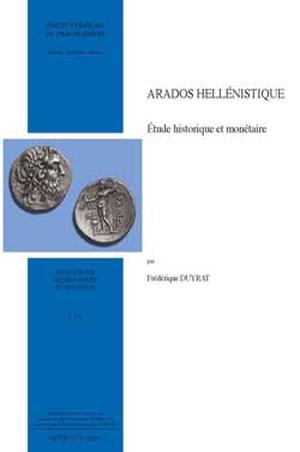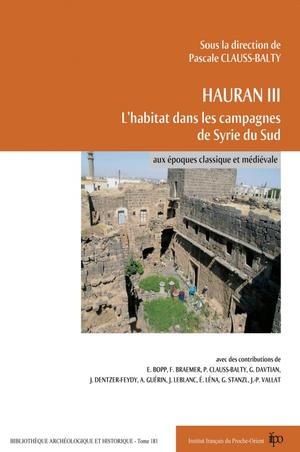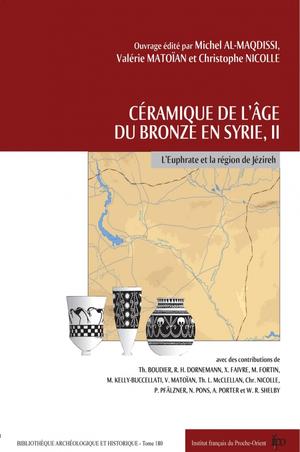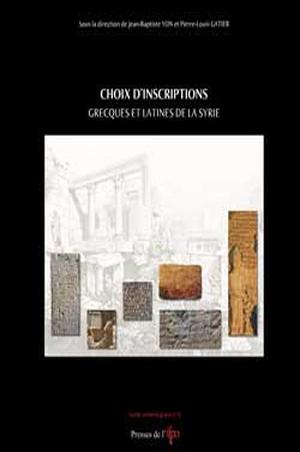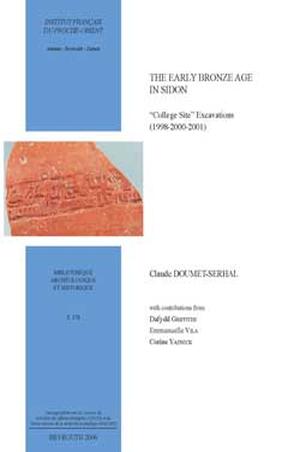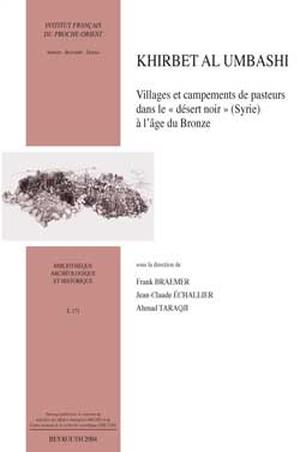Arados, Arwad en phénicien, est la principale cité de Phénicie du Nord. Elle est localisée sur un îlot doté d’un port bien abrité, à 2,5 kilomètres de la côte à la latitude de la ville moderne de Tartous. Elle nous est moins bien connue que ses voisines du sud, faute de sources littéraires et de fouilles archéologiques : le site a été occupé sans interruption par une agglomération depuis l’Antiquité. La seule source abondante est la monnaie, régulièrement frappée durant l’époque hellénistique. Le corpus rassemble plus de 5 000 pièces qui offrent l’intérêt d’être datées à partir de 243/2. Elles permettent une évaluation annuelle de la production de l’atelier. Confrontée aux événements politiques et militaires qui agitent le royaume séleucide, celle-ci conduit à retracer l’histoire de la cité hellénistique. On découvre alors une communauté habile à utiliser les faiblesses du royaume séleucide et une situation géographique favorable qui fait d’elle une alliée indispensable des rois de Syrie tant que la frontière avec les possessions lagides se situe sur l’Éleuthéros, au sud du domaine continental dominé par l’île. Fidèle aux rois séleucides, elle leur fournit régulièrement un soutien militaire, essentiellement naval, et reçoit en échange concession d’autonomie et alliance officielle, négociant parfois des avantages supplémentaires comme une exceptionnelle concession d’asylie durant les années 241-239. Avec le déclin de la dynastie, Arados accroît ses ambitions régionales, prend possession du territoire de sa rivale continentale, Marathos, voit passer les troupes de Tigrane d’Arménie et finit par choisir le camp de Pompée contre César puis Antoine. Arados subit alors un blocus naval de plusieurs mois. Elle finit par renoncer en 38, réduite à la misère par la famine et l’épidémie, et entre dans l’Empire romain. Sa soumission est reconnue officiellement par l’apposition d’un petit buste de l’empereur devant la représentation d’Astarté sur ses monnaies de bronze. Aradus, Arwad in Phoenician, is the main city in Northern Phoenicia. It is located on a tiny island with an excellent harbour, 2.5 km from the coast, opposite to modern Tartous. Compared to other Phoenician cities of the southern shore, we lack of literary sources and archaeological excavations to inform us about the history of the city. Yet, the preserved ruins show that it was inhabitated without interruption since Antiquity. Further, the city has monetary output from the 250’s providing us with a corpus gathering more than 5,000 coins carrying a date since 243/2 BC. This study proposes to examine the annual output of the mint and compares it with political and military events disturbing the Seleucid kingdom. Taking into account both texts and archaeology will allow us to write the hellenistic history of the city. Aradians seem skilled at making the use of Seleucid kingdom weaknesses and of their privileged geographical location that makes them and their continental possessions an essential buffer state with the Lagids’ territories of Syria and Phoenicia. During the 3rd and 2nd centuries, they show a constant fidelity to the Seleucids to whom they deliver military supplies, mainly naval, and from whom they receive autonomy, official alliance, and, sometimes, major concessions as asylia during the war between Seleucus II and Antiochus Hierax (241-239). After the turn of the 2nd century, while Seleucid dynasty is declining, Aradus’ regional ambitions rise: the city takes the territory of its continental rival, Marathos, meets the army of Tigranus of Armenia crossing its peraia and gives help to Pompeius’ camp against Caesar and Antonius. This choice explains the blockade the island had to be subjected to during several months, which led to starvation and disease and persuaded Aradians to surrender in 38. The submission of the city to the Roman Empire is officially engraved on its bronze coins showing Astarte with a small bust of the emperor in front of her.
Arados hellénistique : étude historique et monétaire
9,99EUR
Catégories:
HISTOIRE, SCIENCES HUMAINES ET SOCIALES, LETTRES / Sciences sociales [auto].
Arados, Arwad en phénicien, est la principale cité de Phénicie du Nord. Elle est localisée sur un îlot doté d’un port bien abrité, à 2,5 kilomètres de la côte à la latitude de la ville moderne de Tartous. Elle nous est moins bien connue que ses...
| Disponibilité: | Disponible |
|---|---|
| Format: | PDF | 436 Pages |
| Date de publication: | 2008-06-01 |
| Éditeur: | Presses de l’Ifpo |
| Langue: | Français |
Avis clients
0.0
0 reviews
